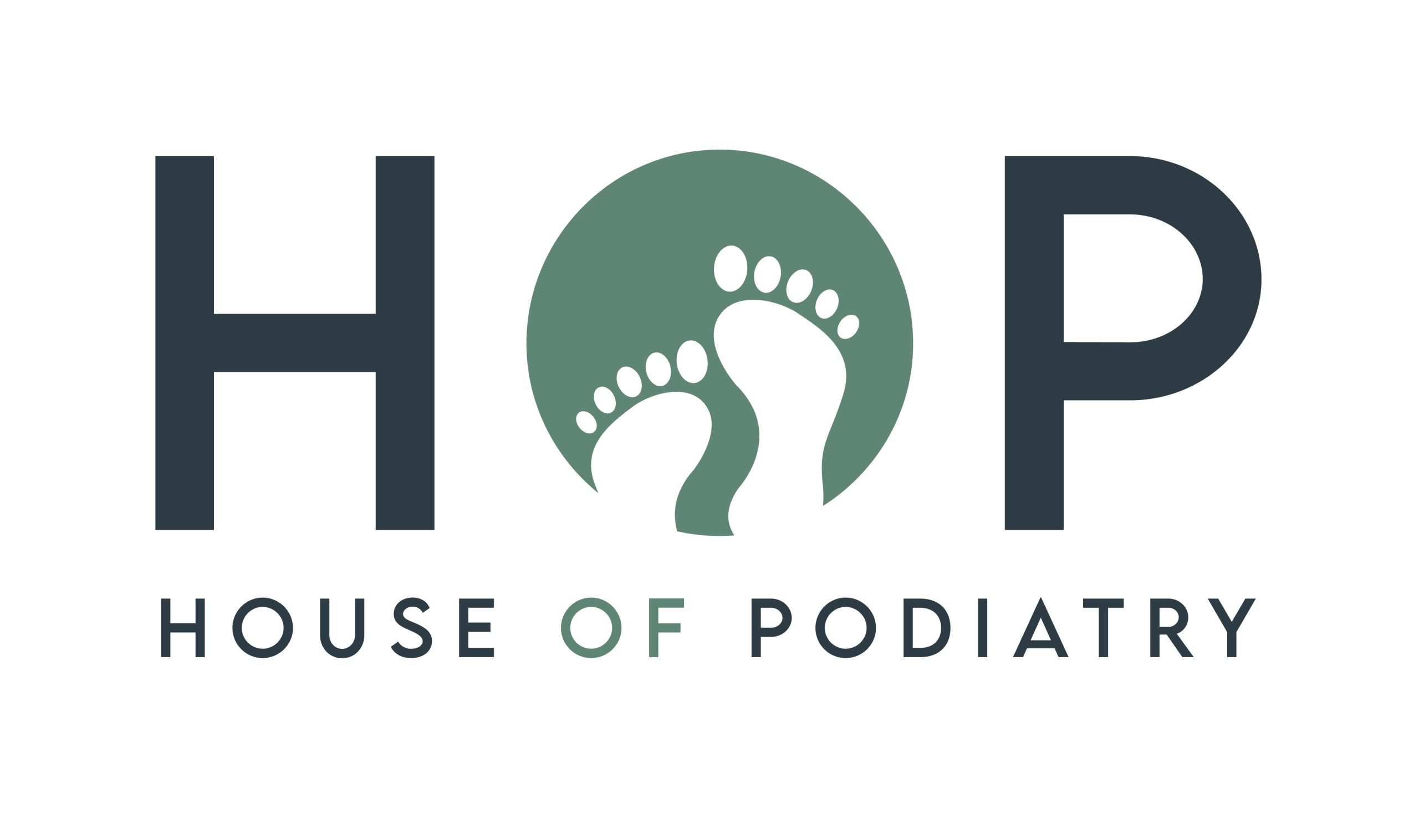Fungal nails also known as onychomycosis and or/tinea unguium is one of the most common conditions we as chiropodists/podiatrists see. Fungal nails are typical caused by a group of organisms known as dermatophytes. Study show that in the up to 99% of all fungal1. Infections of the nail plate with dermatophytes can lead to discolouration and changes to the consistency of the nail plate.
How to tell if you may have a fungal nail infection?
- Thickened Nails
- Crumbly or Brittle Nails
- Distorted in shape or lifting
- White, yellow or brown coloured nail
- Nails without a healthy shine
What are the some of the causes of fungal nail?
- Nail damage or biting
- Medical conditions e.g. Diabetes
- Psoriasis or a weakened immune system
- Smoking or general poor health
- Poor foot hygiene
- Sports or activities that cause damage toe nail i.e
- Running, Kicking or poorly fitted footwear
- Use of non-sterilised nail cutting equipment- cheap nail bars or Scissors out of the draw
When we see patients at the practice with fungal nail infection, they come to us primarily from a psychosocial point of view.
We regular hear the following from our patients:
“I don’t like getting my feet out”
“My partners say may nails are horrible”
“I need to wear Polish to cover the appearance of my nails”
Does this ring any bells?
If you think you may have a fungal nail problem the we can help with that.
- We are able to test on site for the presence of fungal nail infection via simple test that takes 5 minutes with a high degree of accuracy in detecting the most common dermatophytes.
- We have multiple methods of treatment available:
- Surgical and none surgical removal of the nail
- Topical treatments for the skin and nails
- Nail Reconstruction
- Oral medication – via prescription from your GP
- General podiatric treatment
- Borman AM, Campbell CK, Fraser M, Johnson EM. Analysis of the dermatophyte species isolated in the British Isles between 1980 and 2005 and review of worldwide dermatophyte trends over the last three decades. Med Mycol. 2007;45(2):131 – 41.
